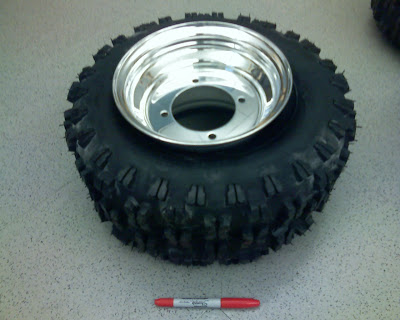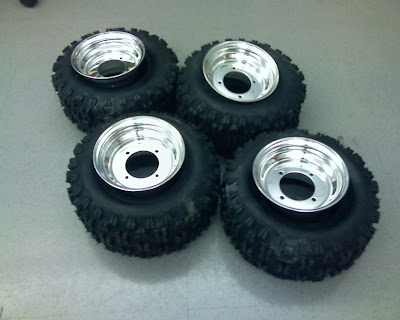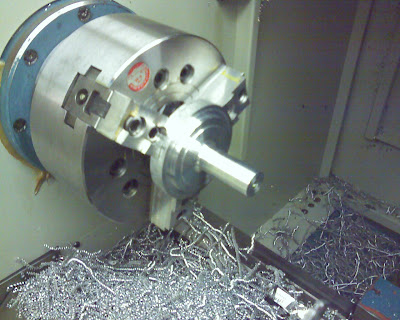At present, most members of the group are probably sleeping off a Turkey Coma from yesterday's feast, and resting up for the last push at the end of the Fall Term. Yet, the end of the Holiday is just around the corner so the purpose of this blog is to summarize our plans for the rest of the term.
Before the break, the group met up to talk about what we felt needed to be done before the end of the term. The group decided that we will finalize mass and money budgets for the robot based on the constraints of the grant and mass allocated in the Graves et al. design. At this point, most big-ticket items are ordered and the masses of most of the significant weight items are known. In order to assure that no surprises in space allocation arise, the group is also planning to build a mock up of the electrical control box to which everyone will add the parts they have been responsible for this term. In this way, the group hopes to anticipate any problems that may arise next term and ensure that parts will not have to be reordered. This is especially important because of the long delivery time associated with many of the ordered parts.
Other tasks we will be working on include the finite element analysis of the passive swing joint in the middle of the robot and addressing the fact that the design for the robot has been done in metric units (and our machine shop prefers English units). A hardware block diagram will be completed and a software diagram sketched out...Finally, the group will need to write a progress report and prepare a presentation for the review board on the term’s progress. All in all, it will be a very busy two weeks!
In the midst of my own tryptophan-induced stupor, thoughts of the robot seem a bit distant, but we are only days away from coming back to campus, and the project. Yet, it’s time (and probably well past time for me) to pull my thoughts back from Christmas and family to the real world.
















